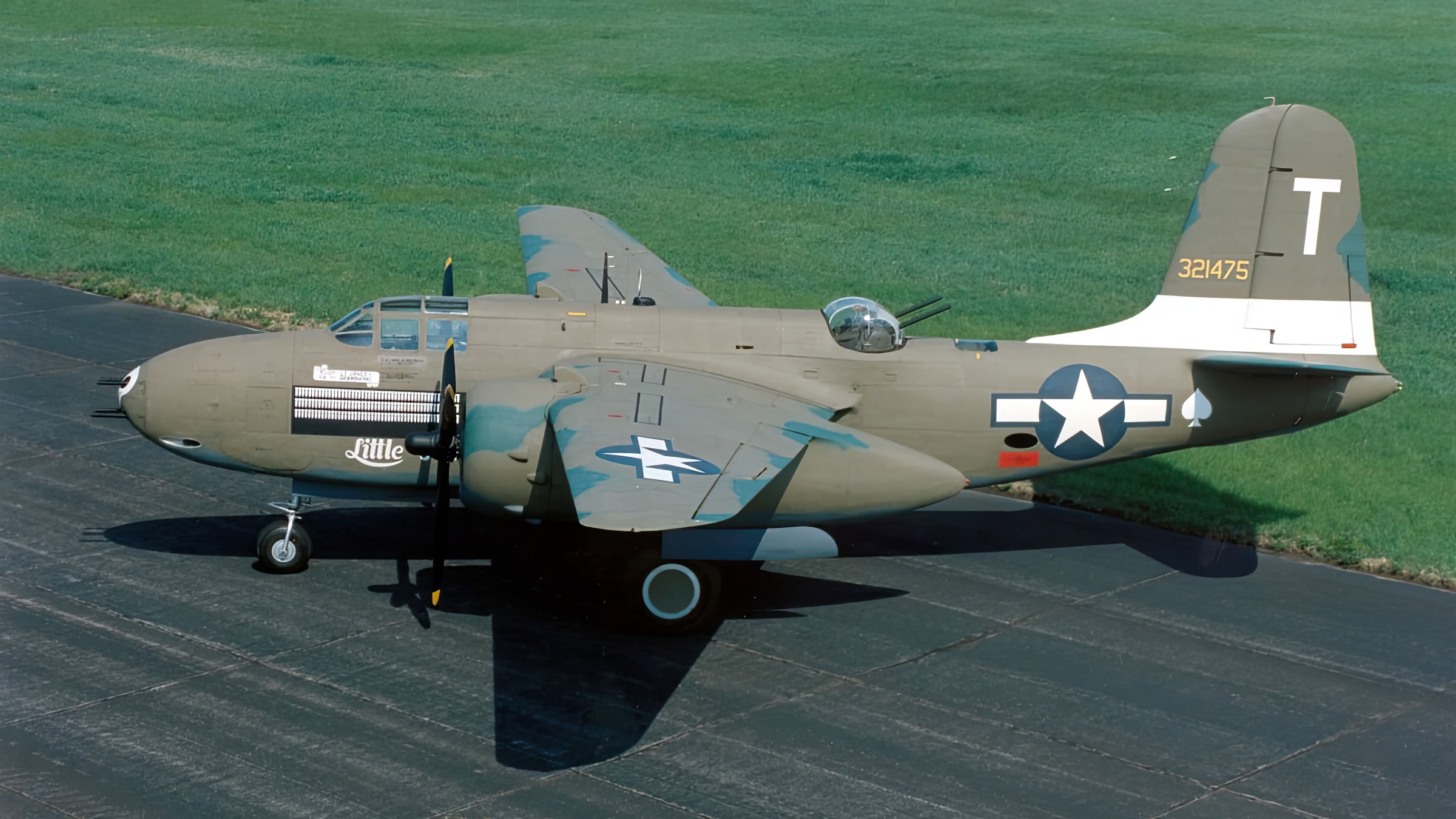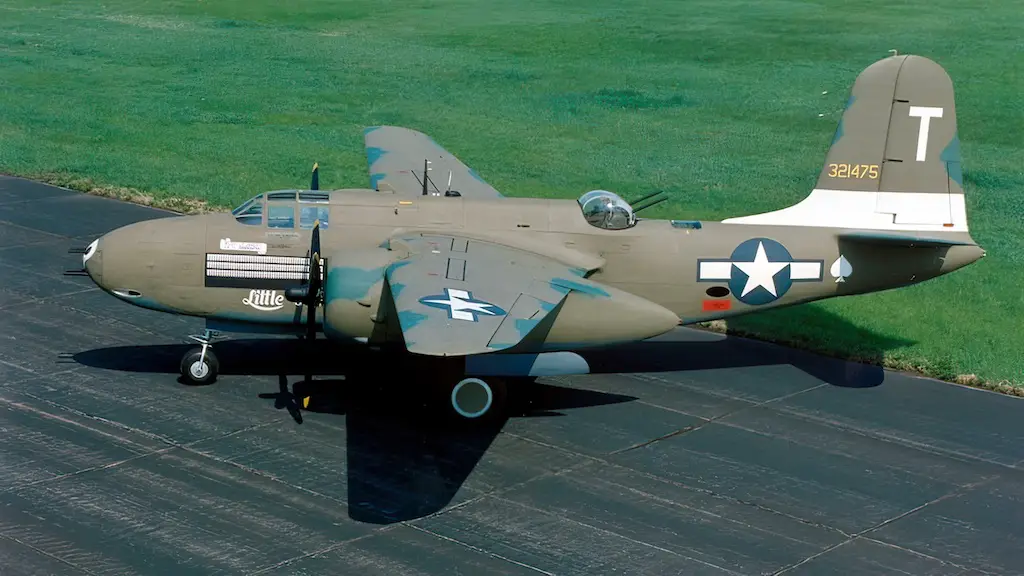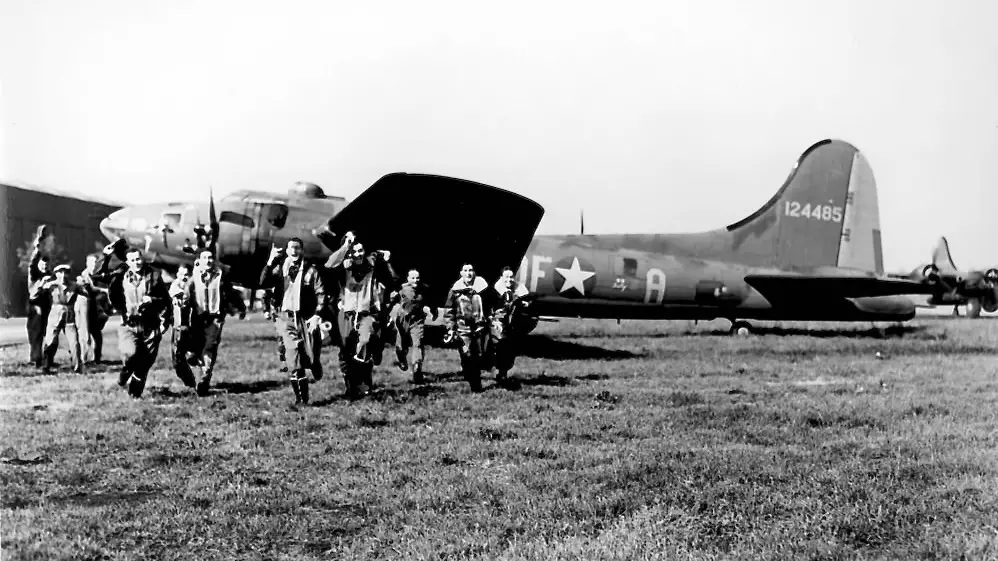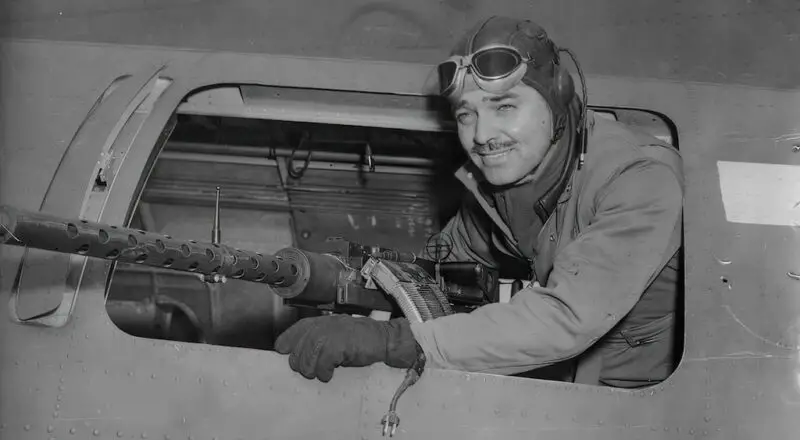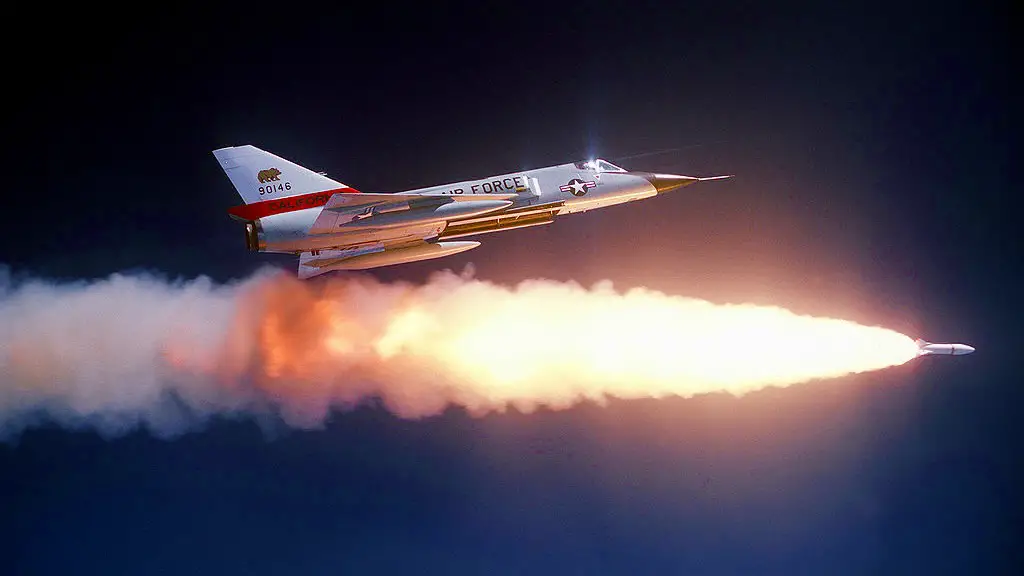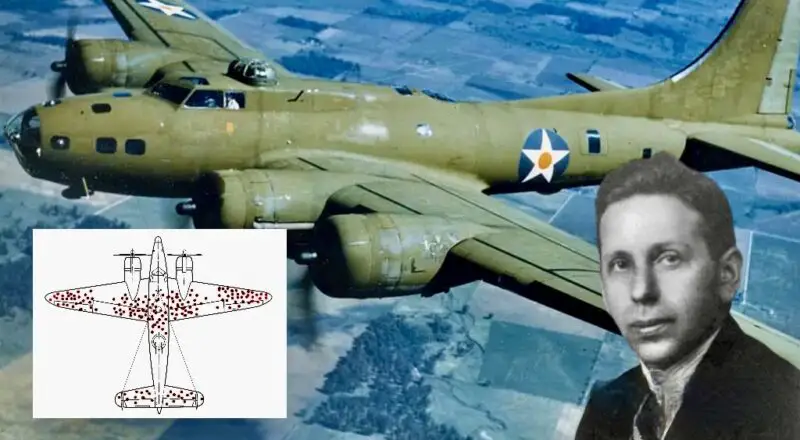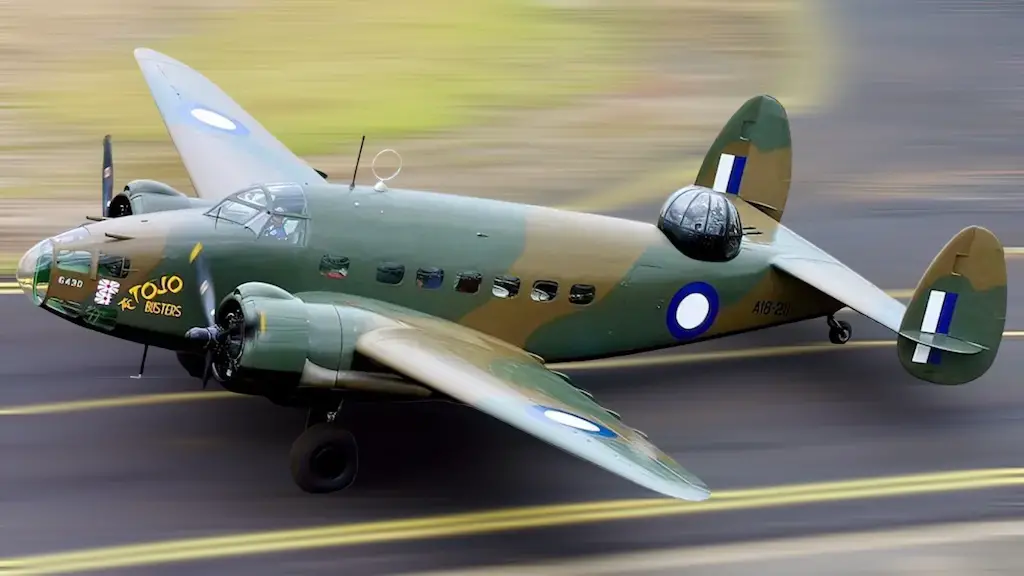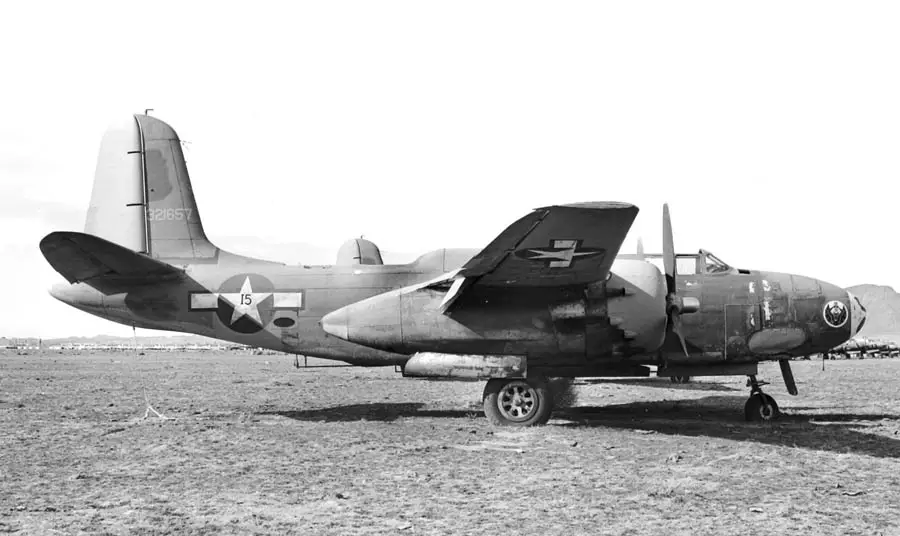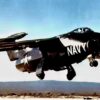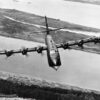The Swiss Army Knife of WWII Aircraft
The Douglas A-20 Havoc was a highly adaptable and efficient light bomber that saw widespread use in World War II, carrying out various tasks such as light bombing, ground assault, night fighting, and transportation. Its agility and speed, with a maximum of 339 mph, paired with a 37mm cannon and numerous machine guns, made it effective against hostile ground targets and aircraft.
Its robustness and long-range capabilities, with a 1,00 miles range, further aided its success, allowing it to operate in dangerous situations and return to base without incident. The A-20 Havoc’s versatility, maneuverability, armament, durability, and range made it highly successful and regarded by pilots and the Allied forces.
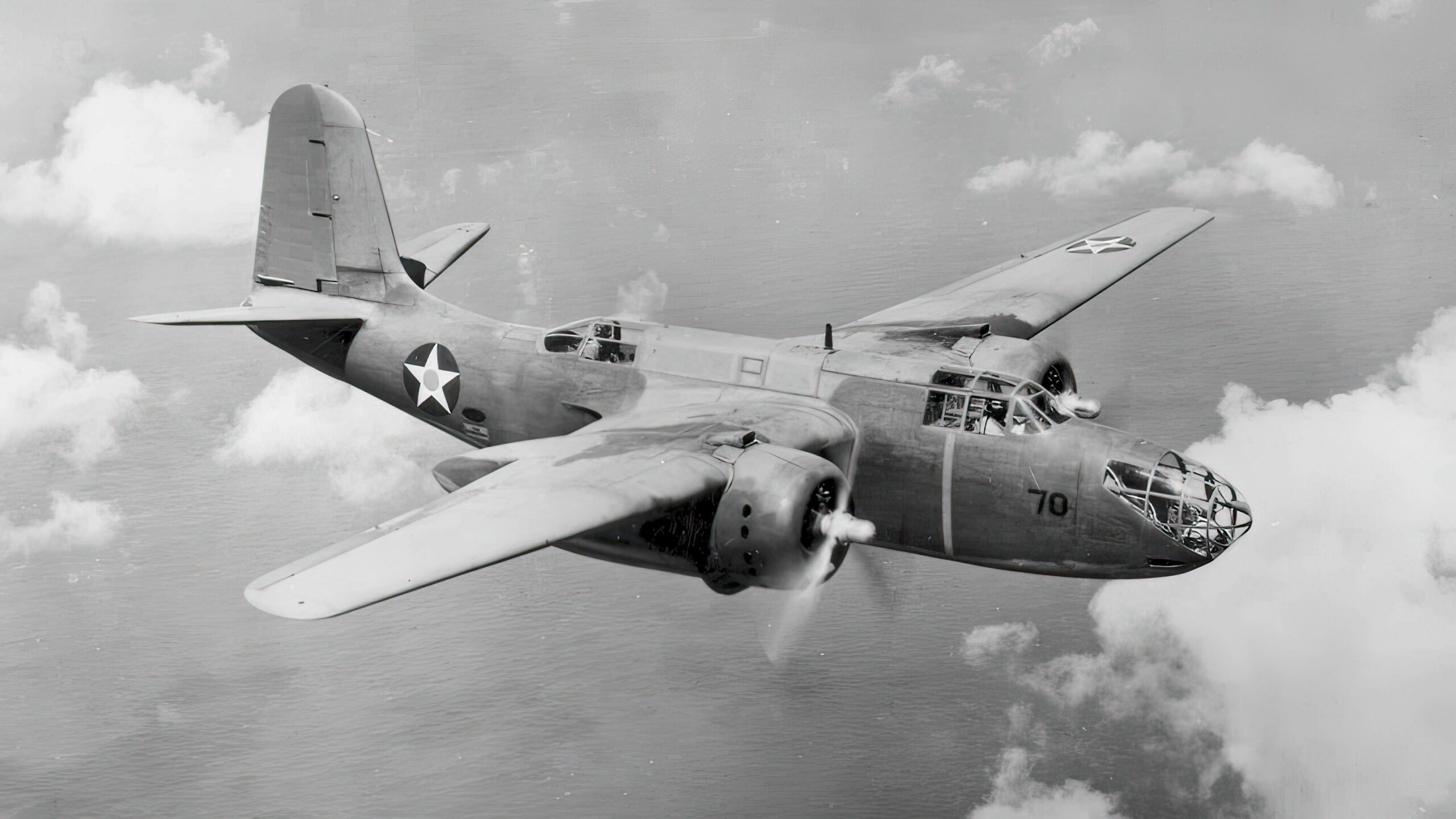
The Making of a Bad*** Aircraft
The Douglas A-20 Havoc was created as a light bomber and assault aircraft in the late 1930s. The requirement for a swift, maneuverable aircraft that could fulfill several tasks impacted its design. The US Army Air Corps requested a new attack aircraft in 1937, which sparked the creation of the A-20 Havoc. The Douglas Aircraft Company constructed the original design, the DB-7, as a private undertaking.
The US Army Air Service ordered the DB-7 to be produced under the designation A-20 Havoc in 1939. During World War II, the A-20 Havoc, which went into service in 1940, saw extensive use by Allied troops. The aircraft received several modifications throughout its production run, including adding armor plating and self-sealing fuel tanks to increase survivability.
Including radar and specialized gear, the A-20 Havoc was also modified as a night fighter. Against German bombers during the night time bombing raids over Europe, it was very successful in this capacity. Over 7,000 A-20 Havocs were made and used throughout the conflict in all theaters.
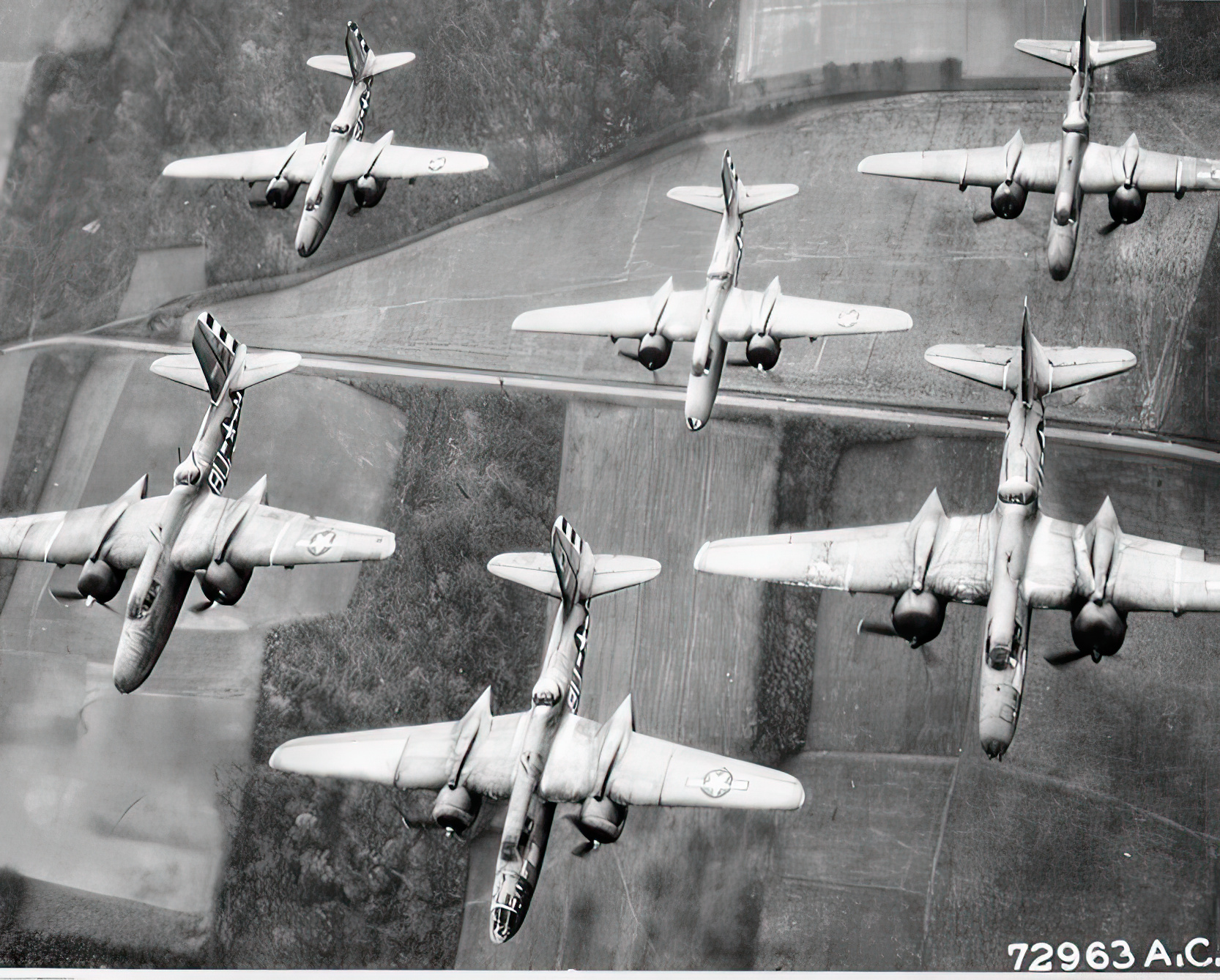
The cockpit was very claustrophobic.
The Douglas A-20 Havoc had a lot of good qualities, but it also had some drawbacks. The aircraft’s small cockpit was one of its significant drawbacks, making it challenging for the crew and pilot to maneuver and carry out tasks while in flight. Additionally, it took a lot of work for maintenance personnel to reach and fix some parts due to the small fuselage.
The A-20 had an additional issue with its susceptibility to engine explosions. Due to this, the A-20 was especially susceptible to attacks from hostile aircraft, which frequently focused on the engines.
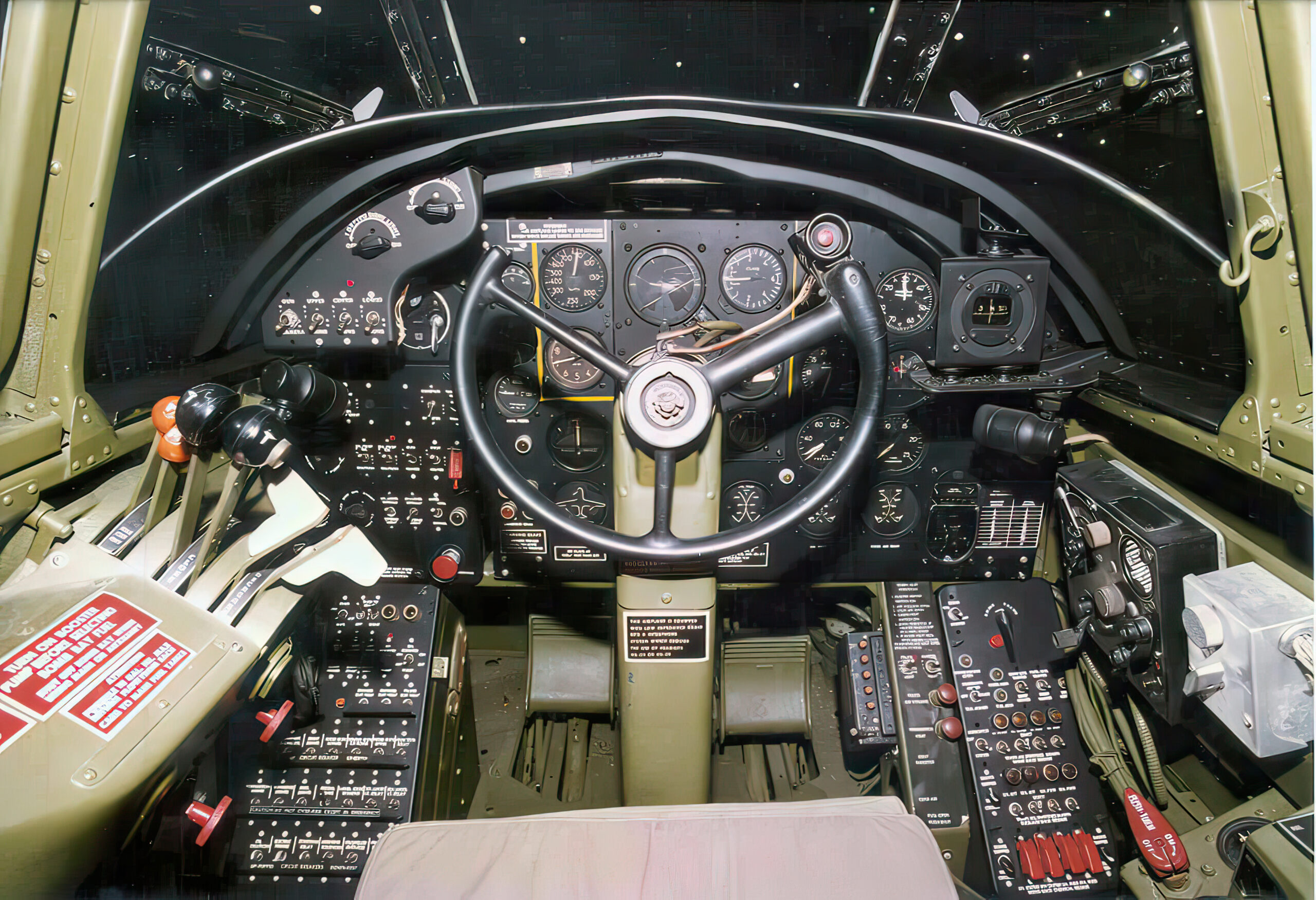
Although efficient, the A-20’s arsenal was also somewhat constrained. Compared to larger bombers like the B-17, the aircraft’s machine guns had a comparatively short range, and the bomb bay could only hold a small payload. The A-20 was also less stable in flight than other aircraft of its size due to its narrow wing construction.
The story of Major John L. Jerstad
Major John L. Jerstad was awarded the Medal of Honor for his actions during a bombing mission over the oil refineries in Ploesti, Romania, on August 1, 1943; he was one of the most well-known pilots to operate the Douglas A-20 Havoc. In a formation of B-24 Liberators and A-20 Havocs charged with attacking the highly fortified refineries, Jerstad was the lead navigator and bombardier. Despite intense fighter opposition and anti-aircraft fire, Jerstad maintained his concentration on his objective and dropped his bombs with accuracy and precision.
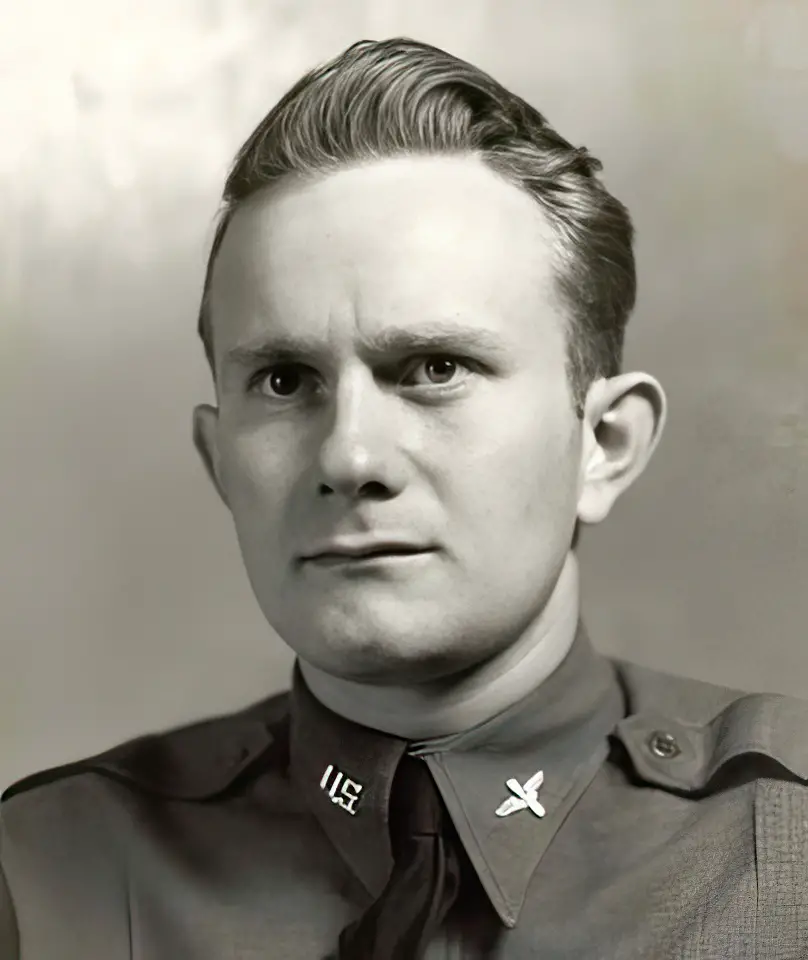
Jerstad’s A-20 Havoc was struck by enemy fire and caught fire as the formation turned to return to base. Jerstad refused to leave the controls despite suffering severe injuries and the threat of an explosion, remaining there to keep the plane flying so that his fellow crew members could escape. Ultimately, Jerstad’s plane crashed, killing him, but thanks to his efforts, his crew survived, and the other bombers in the formation were able to flee. Jerstad received the Medal of Honor posthumously for his courage and sacrifice.
Retirement
After World War II, the Douglas A-20 Havoc was still used by the United States Army Air Forces after WWII, but it was already on its way out in the late 1940s and early 1950s. Many A-20s were exported to other nations, where they served for some additional years.
The B-26 Invader and the Douglas A-26 Invader, faster, more technologically advanced, and better adapted to changing military needs, replaced the A-20 in the US. Some A-20s were also modified for executive or cargo carriers, and a few served as stand-ins for other aircraft in Hollywood motion pictures and television programs.
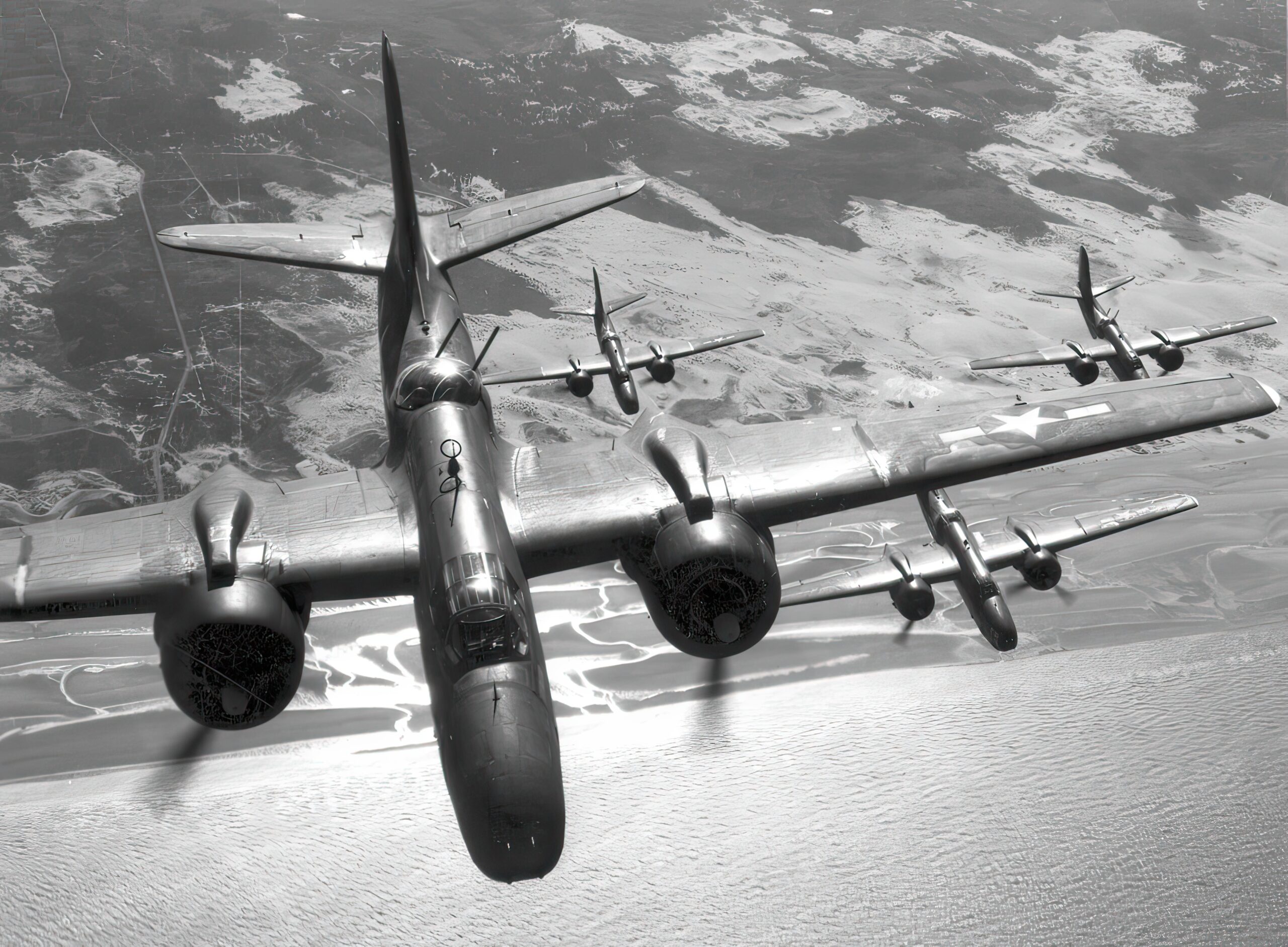
Only a few A-20 Havocs remain in existence today, most of which are in private or museum collections. Due to its distinctive design and involvement in some of World War II’s most crucial conflicts, the A-20 has maintained its popularity and status as an iconic aircraft despite its brief operational lifespan.
